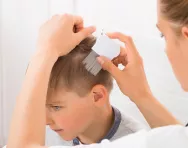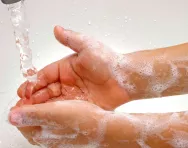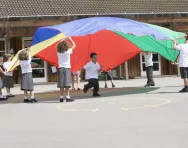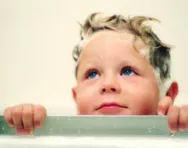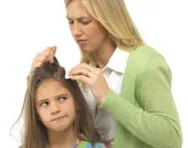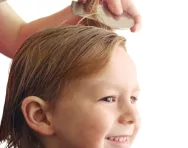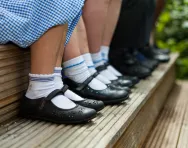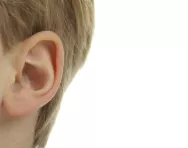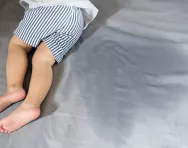TheSchoolRun.com closure date
As we informed you a few months ago, TheSchoolRun has had to make the difficult decision to close due to financial pressures and the company has now ceased trading. We had hoped to keep our content available through a partnership with another educational provider, but this provider has since withdrawn from the agreement.
As a result, we now have to permanently close TheSchoolRun.com. However, to give subscribers time to download any content they’d like to keep, we will keep the website open until 31st July 2025. After this date, the site will be taken down and there will be no further access to any resources. We strongly encourage you to download and save any resources you think you may want to use in the future.
In particular, we suggest downloading:
- Learning packs
- All the worksheets from the 11+ programme, if you are following this with your child
- Complete Learning Journey programmes (the packs below include all 40 worksheets for each programme)
You should already have received 16 primary school eBooks (worth £108.84) to download and keep. If you haven’t received these, please contact us at [email protected] before 31st July 2025, and we will send them to you.
We are very sorry that there is no way to continue offering access to resources and sincerely apologise for the inconvenience caused.
Your headlice questions answered
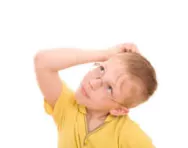
What do headlice do?
They feed on human blood, leaving tiny red spots that itch intensely. The female lays a daily batch of eggs (nits) which are attached to hairs close to the scalp. They hatch in about seven days and can live up to several weeks.
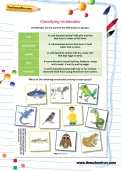

Download fantastic science resources today!
- Experiments And Science Fun pack
- Science Learning Programme for each school year
- All the instructions, questions and information you need
How do you catch them?
You can catch headlice if your hair touches the hair of someone who already has them. But as they move slowly contact needs to occur for about half a minute – they cannot jump, fly or swim, but walk from one hair to another.
Can my dog or cat catch them?
No. Headlice affect only humans and cannot be passed onto or caught from animals.
Can adults catch them?
Headlice are common in schoolchildren, particularly between the ages of four and 11, but anyone with hair can catch them (and parents often do!).
Can I avoid them if I keep my hair squeaky clean?
They don’t mind whether your hair is clean or not. It is a misconception that headlice infestation is as a result of dirty hair and poor hygiene. In fact clean, grease-free hair is easier for lice to cling on to. They can be found in all hair types, long or short, and in hair of any condition.
How do I get rid of them?
There are a number of chemical treatments that can work well but headlice are increasingly becoming resistant to them, so repeated treatment is frequently necessary. You shouldn't use treatments unless you know for certain that you have lice.
Sometimes complementary therapy treatments such as tea tree oil are recommended for treating headlice, but their effectiveness has not yet been proven.
You might wish to try removing the lice with a special comb. After washing the hair apply conditioner liberally. Comb the hair through with a normal comb first, and then a fine tooth nit comb. Comb from the roots along the complete length of the hair and after each stroke check the comb for lice and wipe it clean. Work methodically over the whole head for at least 30 minutes and then rinse the hair as normal. You should repeat every three days for at least two weeks.
Why are they so difficult to get rid of?
Because of their size, re-infestation rate, life cycle, and their ability to develop immunity to insecticides. Lice can be a persistent and recurring nuisance, so it is important to treat them quickly and thoroughly.
Are chemical treatments safe for everyone?
You should always ask for advice before using medicated lotions on young babies (under six months), pregnant women or people with asthma, or allergies, and always read the instructions carefully.
Can my child get a day off school?
No – having headlice is not a public health threat.
